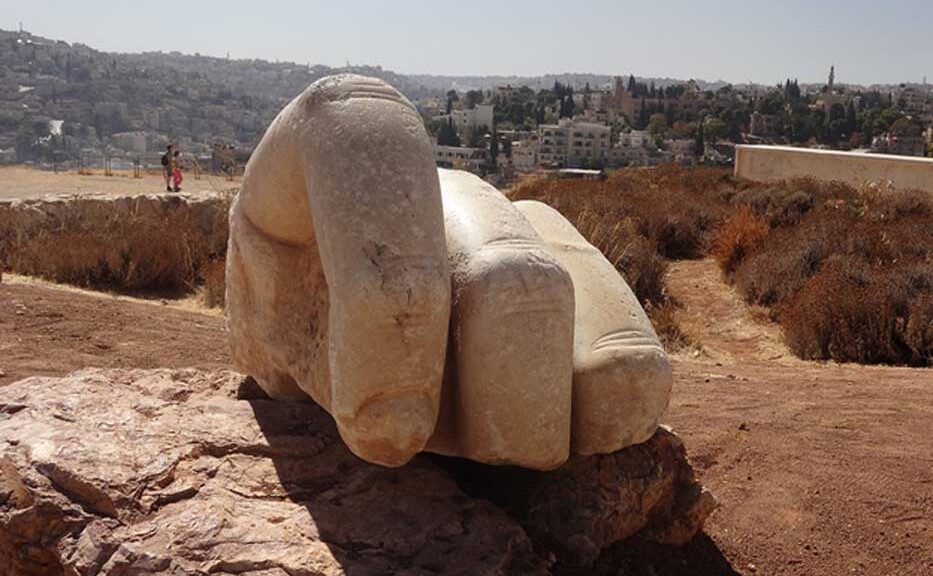Gigantic Hand of Hercules could be From the Tallest Marble Statue Ever Made
One glance at the giant hand is enough to recognize it was once part of a true masterpiece created by ancient builders. The hand belonged most likely to a massive statue of Hercules himself.
How and why the giant statue of Hercules was destroyed is unclear, but we can assume it was due to the region’s periodic catastrophic earthquakes.
There are many stories of Hercules, the Greek hero who was the son of Zeus. Whether he existed or not is unknown, but since he was worshipped in many temples all over Greece and Rome, one can suspect he was a real being.

The Temple Of Hercules, situated in the Forum Boarium on the eastern bank of the Tiber, is one of the oldest extant buildings in Rome, Italy.
Constructed between 162-166 CE during Marcus Aurelius’ Roman occupation of Amman’s Citadel, the temple is purported to be the work of the Greek architect Hermodoros of Salamina, who engineered a circular layout of 20 Corinthian columns orbiting around a central cylindrical stone block.
In ancient times, it was a huge place of worship. The great temple is larger than any in Rome itself.
Its portico faces east and is surrounded by six 33-foot-tall columns. Measuring 100-feet-long by 85-feet-wide with an outer sanctum of 400-by-236-feet, the fact that the rest of the temple remained unadorned by columns suggests to scholars that the structure was never completed, for reasons history has yet to reveal.
When archaeologists excavated the site, they discovered very few clues that could shed more light on why the mysterious and giant Temple of Hercules and the massive statue were destroyed. This abandoned place was once of great importance, but very little is known about its past.

The three gigantic fingers, one elbow, and some scattered coins have led archaeologists to conclude that these marble body parts belonged to Hercules himself a massive statue of Hercules himself. It is, therefore, logical to assume that the temple was also dedicated to him.
If the remarkable statue had survived, it would have measured upwards of 40-feet high, which would have placed it among the largest known marble statues to have ever existed.
The mighty statue of Hercules is gone, but the marble components of the Temple of Hercules have endured considerable deterioration over the two millennia.

In 1996, the Temple of Hercules was placed on the World Monuments Watch.
